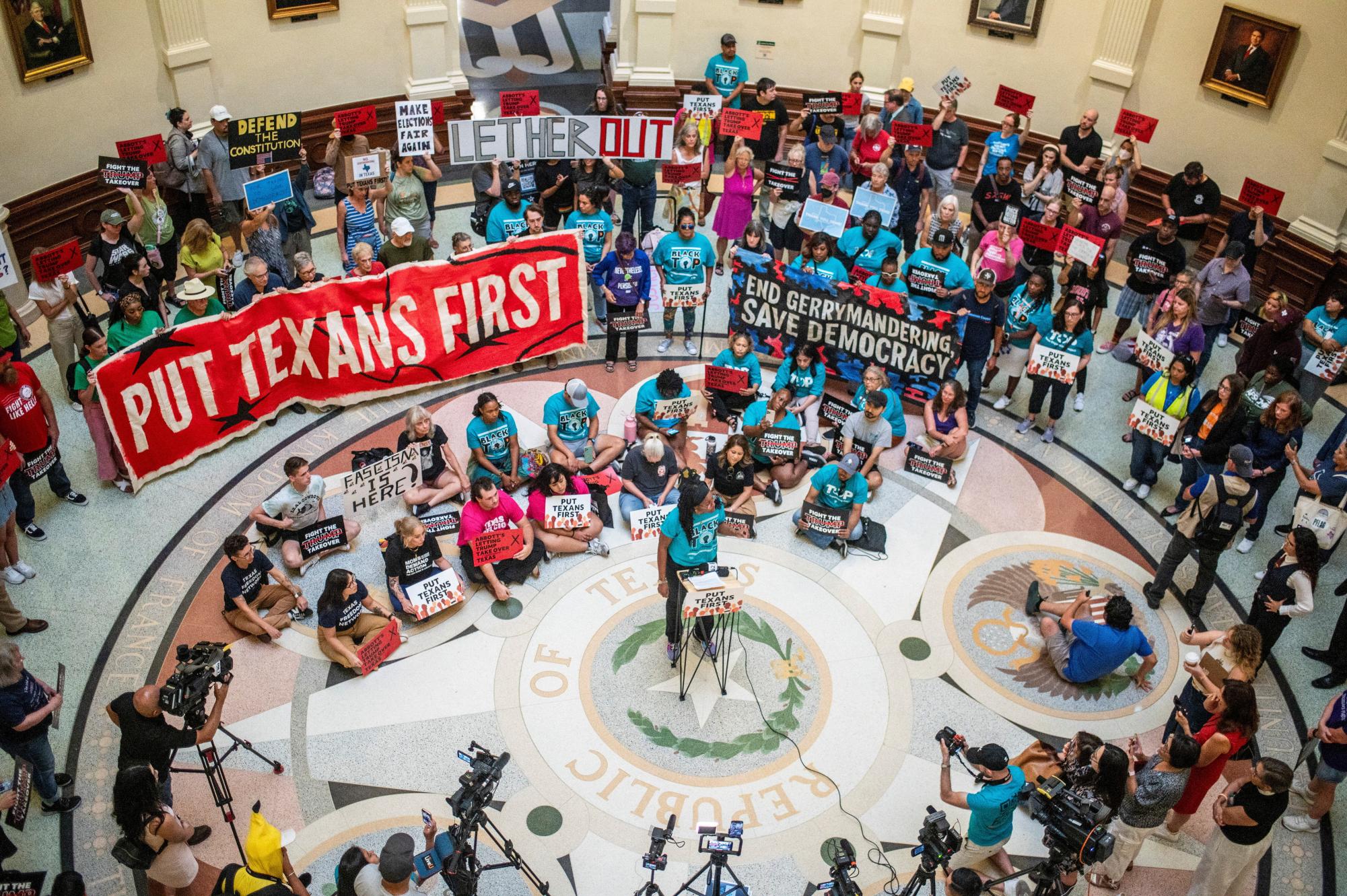Democracy isn’t an equation, but in 2025, with the 2026 midterm elections rapidly approaching, both major political parties are preparing to reduce it to just that. Both Democrats and Republicans are scrambling to either maintain control of, or retake Congress by redrawing voting districts to gain an advantage for the midterms. While attempting to maintain control of Congress is unfortunately expected, the way politicians are going about it is where the danger arises.
At the forefront of the battle for the 2026 midterm elections is the gerrymandering of congressional districts across the nation. In simple terms, gerrymandering is the process of redrawing congressional district lines to benefit a specific political party. Every 10 years, the Federal Government conducts a census to count the country’s population and to redraw the electoral district lines to properly represent the various peoples present in each state. The issue with that redrawing of district lines appears when one takes into account that the redistricting is done by partisan officials, who often draw the lines across specific ethnic and socioeconomic lines in an attempt to predict how certain demographics will vote. The problem is simple: politicians are deciding where your vote goes, not you.

Redistricting is done entirely without any voter input, completely at the discretion of politicians whose goal is apparently getting re-elected, not serving their constituents. As elected officials, the primary objective of any politician should be to properly represent their voters, not take their agency away from them.
With Texas already having redistricted earlier this year, Republican lawmakers are now projected to have control over 30 of the state’s 38 congressional seats. On the East Coast, North Carolina has now pledged to redistrict as well. With North Carolina being a state that is already skewed heavily Republican, with the GOP holding the majority of the congressional seats, the redistricting would likely seek to add one additional Republican seat, further skewing the state’s balance and giving Republicans an even stronger hold over the House of Representatives. Until the previous redistricting in 2024, North Carolina had an even 7-7 split between the two parties.
And Republicans aren’t alone. California Governor Gavin Newsom has announced Proposition 50, a bill that would temporarily redraw California’s congressional districts in an attempt to combat Republican efforts, a further assault on voters’ rights.
So then what is the solution? Unlike many cases of political conflict, there is no clear “good guy.” Only voters trapped in lines they had no say in drawing. Both parties are working to disenfranchise their constituents and completely disregard the rights and privileges of their voters, so that power must be taken out of the hands of partisan politicians.
The biggest roadblock in fixing that problem is the Supreme Court Case, Rucho v. Common Cause. The verdict of that case is that the issue of gerrymandering presents “political questions beyond the reach of federal courts.” This essentially means that federal courts can in no way make rulings on the issue of gerrymandering, absolving the federal government of responsibility, and leaving it entirely up to the states to decide how to handle their own redistricting.
Despite that ruling, many states, California among them, have implemented non-partisan redistricting committees that directly handle redistricting every 10 years after the census. The purpose of this is to keep the process of redistricting outside the hands of partisan officials, safeguarding voters’ rights and preventing political gerrymandering.
With the erosion of the constitutional rights of individuals around the country, it is the duty of elected officials to work towards the benefit of their constituents, and in this case, to prevent the immoral political gerrymandering from becoming all too commonplace around the nation. We must not allow politicians to manipulate democracy to their liking. We must hold elected officials accountable for representing their constituents and not their own interests.









